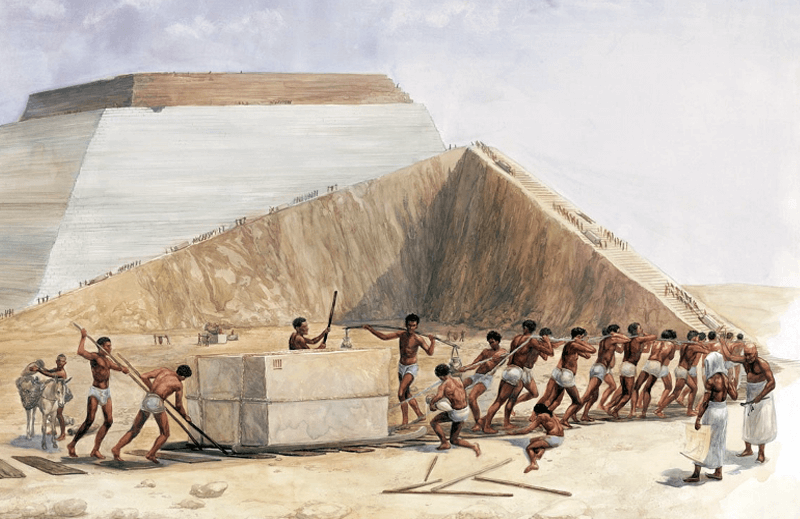The ultimate guide to setting effective goals from an ex US naval officer.
“Give me a place to stand and I shall move the earth,” so Archimedes, the ancient Greek physicist, once claimed.
It’s an impressive claim and one that isn’t entirely off the mark.
Figuratively, how do we move the earth? How do we achieve grand goals?
Certainly effort, focus, and discipline play their parts, but they are not enough.
When he made this claim, Archimedes was referring to the power of a simple tool, the lever. If you have a lever long and strong enough, a fulcrum, and a firm place to stand, you can indeed move the most massive objects.
The important thing to remember about moving big rocks – even one as large as the third rock from the sun – is that you have to find just the right spot on it to place your lever if you want to move it.

Energizing motivational speeches or videos help develop and maintain the daily focus and discipline necessary to tackle large, long-range goals. But, being smart about what to focus on – where to place your lever – is just as critical.
Sure, you have focus and discipline, but what is your strategy to succeed? What are the few things that you are going to do right now? Are they the right things? The essence of strategy is knowing when and where to place your effort.
I recently worked with a group of account executives at a major consumer products company to help them set and plan toward large annual goals.
I noticed several of the account executives referred to their goals as ‘big rocks,’ a reference to Dr. Stephen Covey’s famous Put the First Things First video where he demonstrates how prioritization enables us to achieve more and become more productive. But, his demonstration doesn’t explain how we combine alignment and prioritization with strategy.
So, identifying your ‘big rocks’ is important, but it is the wrong place to start. There are three big questions that you have to answer in order to achieve alignment and prioritization.
Question One: Where am I going? What is my destination?
A single, simple statement is usually not enough. Our really big, long-range goals are complex. They describe our relationship with the world and how we intend to change it.
It usually takes several sentences to describe that future reality in detail. It requires high-definition.
We need high definition so that we can more easily identify our ‘big rocks.’
Question Two: How do I get there? How do I achieve my HDD?
Once you have your HDD, you can begin to strategize. Where do I focus my efforts? What are the few things I need to do to be successful?
These are your ‘big rocks’ and it requires careful strategic thinking to identify them.
Knowing which of the metaphorical rocks to move and where to place your metaphorical lever gets the most effective work out of your effort, focus and discipline.
If you prioritize the wrong things, your focus and discipline can be wasted.
Question Three: What do I need to do today to make progress toward my HDD? What tactics do I employ?
This is the easy part. The tactics are the things that consume, and often overwhelm, our days.
Most individuals, teams, and organizations that start with the end in mind jump directly to the tactics without strategizing.
We become Task Saturated because we pursue too many things without considering how they align to higher priorities.
We waste our effort when it is not intentionally aligned to carefully selected priorities.
The power of following these three simple questions in the appropriate order is that alignment and prioritization naturally arise.
Start with the end in mind and the tactics (the pebbles) will align to the strategy (the big rocks) and the strategy will align to the HDD (the earth we intend to move).
The trifecta of success is destination, strategy and tactics.
Leave any one of these out of the equation and misalignment is sure to follow.





